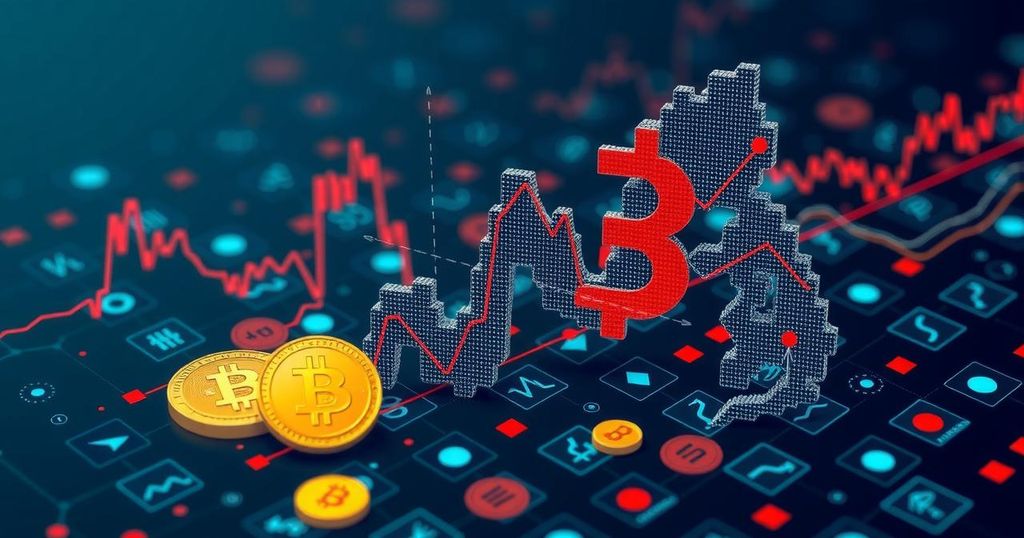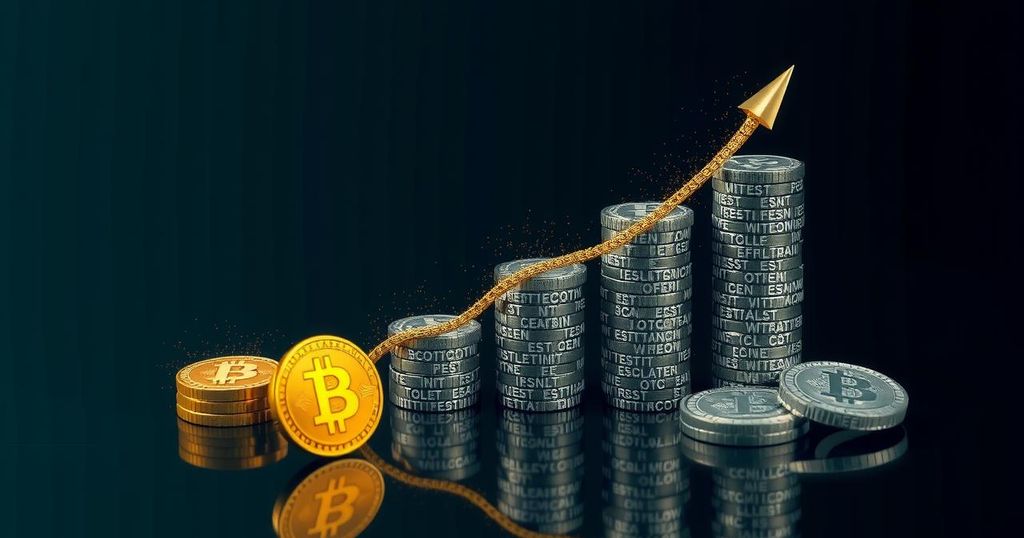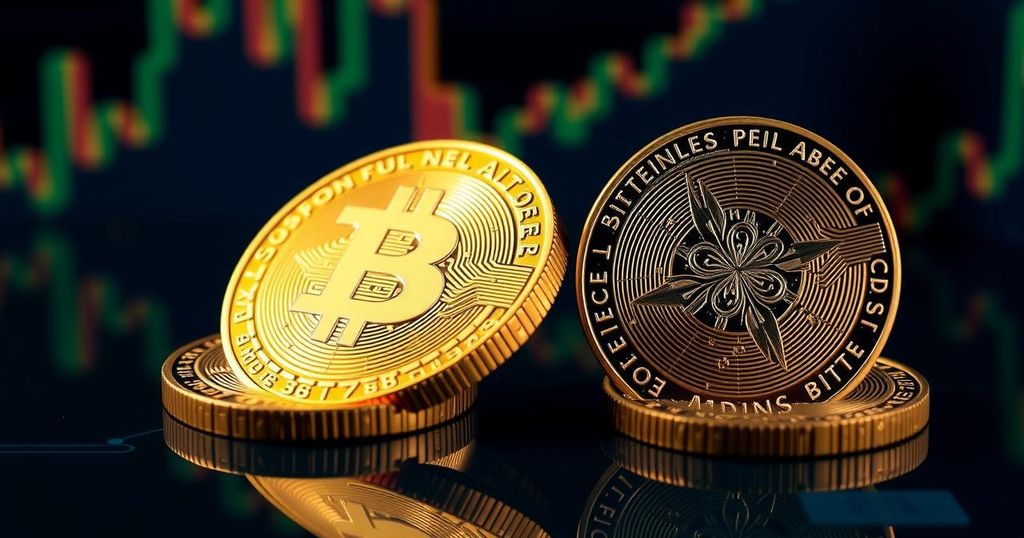Volatility in South Korea’s Cryptocurrency Market: Understanding the 34.9% Delisting Rate
South Korea’s cryptocurrency market is marked by a high delisting rate of 34.9%, indicating significant volatility and risk for investors. Over half of the cryptocurrencies do not last two years after listing. The regulatory environment lacks clear standards, allowing exchanges significant discretion in managing listings and delistings. Investors are encouraged to conduct thorough research and exercise caution due to the unpredictable nature of the market and the potential for significant financial loss.
The cryptocurrency landscape in South Korea is currently marked by significant volatility, as highlighted by the alarming statistic that 34.9% of all digital currencies listed on South Korean exchanges have been delisted in the past seven years. This phenomenon indicates that approximately half of these digital assets fail to survive beyond a two-year threshold post-listing. Initially, newly listed cryptocurrencies tend to attract considerable investor attention, resulting in price surges fueled by enthusiasm, particularly among retail investors. However, this enthusiasm frequently wanes over time, leading to decreased valuations and eventual delistings. Research indicates that, from January 2018 to August 2024, 517 out of 1,482 virtual assets, equating to 34.9%, were removed from exchanges, with a striking 54% of these not lasting even two years. The discourse regarding such high delisting rates raises concerns for investors who, driven by the prospect of new opportunities, may neglect the fundamental stability of these assets. Added to this issue is the regulatory environment. While the Virtual Asset User Protection Act, introduced in July 2023, aimed to bolster investor protection, it fell short of establishing definitive criteria for asset listings and delistings. Consequently, the criteria relied upon by exchanges remain largely arbitrary. Major players in the industry, such as Binance, adhere to their internal standards. As Binance stated, “We periodically review each digital asset we list to ensure that it continues to meet a high level of standard and industry requirements.” This regulatory ambiguity perpetuates market instability and investor risk, with delisted assets becoming difficult to trade, resulting in liquidity declines and significant financial losses for investors. In instances where such assets continue to trade on international platforms, the market demand often diminishes, leading to significant price reductions. Several factors underlie the high rates of delistings within the South Korean cryptocurrency market. The speculative nature of investments, where investors aim for quick returns rather than long-term gains, contributes significantly to the volatility. Often, newly established cryptocurrencies lack robust business plans or technological foundations, causing a rapid decline in their value post-initial excitement. Simultaneously, as global regulatory scrutiny increases, exchanges may be prompted to delist assets that do not adhere to new compliance standards, thereby further heightening the risks associated with investments in cryptocurrencies. Recent reports affirm that the South Korean government has begun implementing a stringent best practices plan aimed at enhancing oversight of virtual asset transactions. This plan includes robust criteria for listing cryptocurrencies, aiming to create a more structured and secure market environment. Despite these improvements, the competitive nature of South Korean exchanges complicates the enforcement of these new measures, as the race to attract attention and liquidity continues unabated. In conclusion, the high delisting rate of cryptocurrencies on South Korean exchanges underscores the inherent risks in the cryptocurrency investment landscape. Investors are advised to conduct thorough research regarding each cryptocurrency’s viability, including assessments of the underlying projects and governance structures. Nonetheless, the unpredictable nature of this market necessitates a cautious approach, as the potential for capital loss remains significant, particularly when investing in newly listed cryptocurrencies.
The South Korean cryptocurrency market has gained notoriety for its significant fluctuations, especially considering the high rate of delistings observed over the past several years. With nearly one-third of listed cryptocurrencies being removed from exchanges, many investors find themselves facing substantial financial risks as these assets frequently fail to thrive beyond an initial surge in popularity. Regulatory frameworks, designed to protect investors, still lack comprehensive guidelines for the listing process, allowing exchanges to exercise considerable discretion in the management of their digital asset portfolios. This, combined with the speculative nature of investment trends, further amplifies the instability and risks associated with trading in this market.
The persistent high delisting rates of cryptocurrencies in South Korea reveal crucial insights into the risks affiliated with digital asset investments. Investors must approach this market with a prudent strategy, focusing on thorough research to evaluate the viability of cryptocurrencies before investing. Given the volatility and unpredictability of cryptocurrencies, the potential for financial loss remains a significant consideration, emphasizing the necessity of caution among participants in this dynamic arena.
Original Source: beincrypto.com








Post Comment